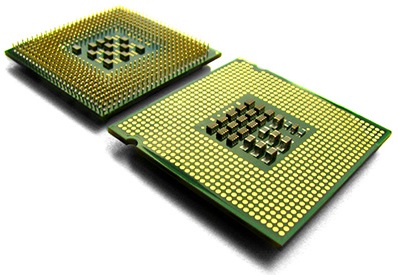
For the past decade, there are two major industry leaders in the CPU market, AMD and Intel. Customers always compare their technologies used in products, arguing which side is better. One of the most debatable standards between AMD and Intel is the CPU socket type – Land Grid Array (LGA) vs Pin Grid Array (PGA).
PGA – mainly used by AMD now
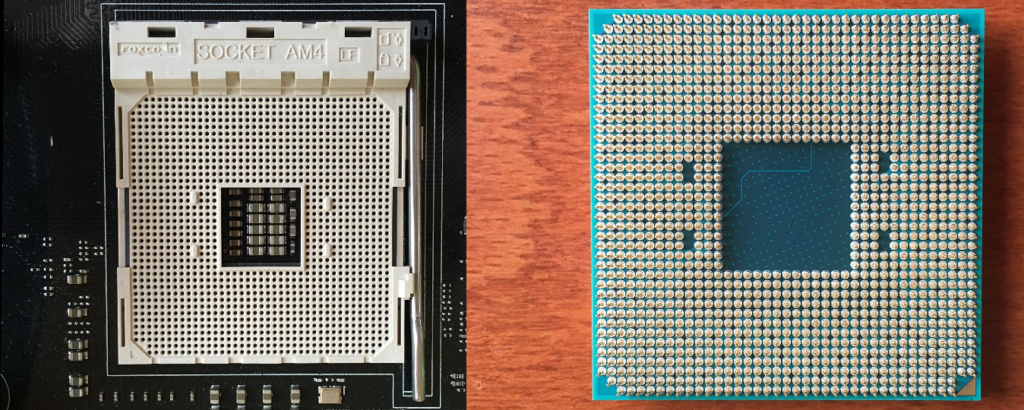
AMD has been using Pin Grid Array (PGA) after the socket G34 in 2010. The latest Ryzen processors are still using PGA with the AM4 socket. However, AMD’s Ryzen Threadripper and EPYC processors have already moved onto a larger, brand new LGA 4094 socket (TR4/SP3). AMD’s AM5 socket, launched in September 2022, for mainstream platform will also be switched to LGA 1718 format.
For Pin Grid Array, the contact pins are on the CPU, while the socket on the motherboard contains holes to secure the CPU. This kind of socket is known as zero insertion force socket, which means the CPU will be able to drop in without any pressure.
LGA – mainly used by Intel
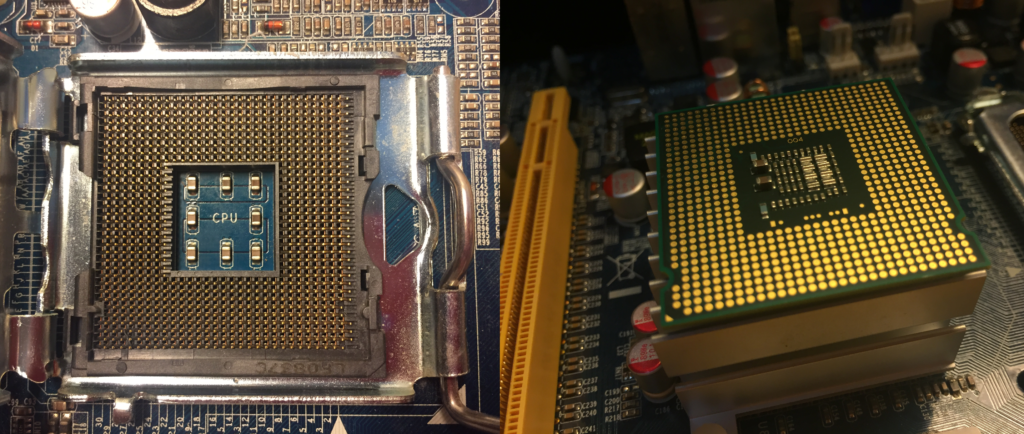
Since Socket J (LGA 771) in 2004, Intel has been using Land Grid Array for more than one decade. All its processors, from Core i7 to the Pentium/Celeron, uses the same LGA socket. The current 7th generation CPUs use LGA 1151 socket, which there are 1151 contact pins on the socket.
In fact, Land Grid Array is essentially the direct opposite of PGA. All the contact pins are on the socket, soldered to the motherboard. Instead, equal numbers of contact pads are on the CPU to make connection.
Comparison – LGA vs PGA
You may be wondering which CPU socket type is better. The answer is NO. There is no definite answer about choosing LGA or PGA sockets.
Advantages of LGA socket:
- The processors are less likely to be damaged by mishandling and drops, because of no fragile pins. (More Durable CPU)
- LGA pins are smaller in physical size, allowing for more pins in the same amount of space. (More Space Efficient)
Advantages of PGA socket:
- The motherboard can hardly be damaged by CPU misalignment. (More Durable Motherboard)
- It is much easier to repair bent pins on a PGA processor than on a LGA motherboard. (Slightly Better Repairability)
In conclusion, both LGA and PGA sockets have their respective pros and cons. I personally prefer using LGA socket because of its ease of use. Although a slightly bent pin will mean the motherboard is toasted, it can be avoided by being extra careful.
What is your choice then, LGA or PGA?
Feel free to leave comments below. Share the article if you enjoy reading it. Follow us on Twitter, Facebook, Instagram and Pinterest.
Support this website simply by shopping on Amazon and Newegg. We will receive small kickbacks, if the above affiliate links are used to make any purchases.










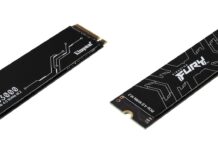
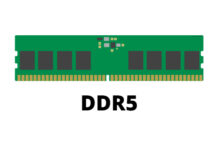












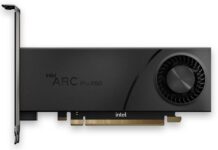
Socket J is LGA 771 not 775 (Socket T)
Thank you. I have corrected the mistake.
I like PGA more because of the ease of dropping in the CPU (ZIF) bring down the lever to make a very good electrical contact, in contrast to LGA witch in it’s turn is more sensitive to pressure differences causing non optimal electrical contact, especially on bigger CPU’s like the TR.
Angeblich wird bei AM5 komplett auf LGA umsteigen , leider, bin kein Fan von LGA.
Your posts in this blog really shine! Glad to gain some new insights, which I happen to also cover on my page. Feel free to visit my webpage QH5 about Marketing and any tip from you will be much apreciated.